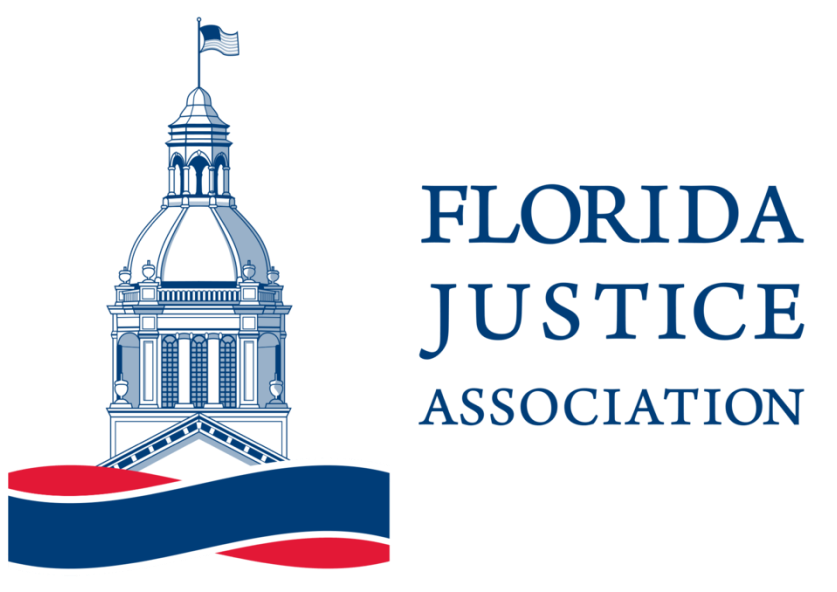Some toys on store shelves this holiday season could cause choking, have toxic components or damage children’s ears, according to the annual report of the Public Interest Research Group, a consumer advocacy organization. According to the group’s research, choking — on small toy parts, on small balls and on balloons — is the leading cause of toy-related deaths and injuries. Between 1990 and 2011, more than 200 children died from choking incidents, the group reported.
The report also highlighted toys that contain magnets — such as Buckyballs, Snake Eggs and magnetic children’s bracelets available at dollar stores — that can cause serious injury if a child swallows multiple small magnets.
Maria Oliva-Hemker, chief of pediatric gastroenterology at Johns Hopkins University, was quoted in the report saying that ingestion of Buckyballs-type magnets has caused some children to lose parts of their bowels. “We know of cases where you can have an entire string of these magnets hooking together in the intestines,” Oliva-Hemker said, in the report.
Some toys may not be labeled as a choking hazard because they meet Consumer Product Safety Commission regulations that use a 1.25-inch test tube to determine whether a child can choke. Jenny Levin, an advocate for the Maryland Public Interest Research Group, suggested parents use a more stringent test.
“If the items pass through this toilet paper roll unobstructed, it does pose a risk for your child,” said Levin, while demonstrating with a toy and a toilet paper roll.
Another concern, according to the group, is chemicals used to soften and add flexibility to plastics and toys. Chemicals such as lead and phthalates are especially dangerous to small children because they are more likely to put toys in their mouths. “Many phthalates were banned because of their link to developmental disabilities, their link to infertility and obesity,” Levin said. The toxic chemicals also can be present in children’s clothing, lunch boxes and backpacks.
The group also is concerned with noisy toys, such as toy guitars that can damage children’s ears if they are continuously exposed. “We found a couple of toys that exceeded the levels of 80 decibels for toys that are intended to be close to the child’s ear,” Levin said.
In response to the annual report, the Toy Industry Association, a group representing toymakers, said the products listed comply with the toy safety standards already in place.
“PIRG has issued another of its needlessly frightening reports,” said Joan Lawrence, the association’s vice president of safety standards. “After searching high and low they found what we already knew — toys are safe.”
For the annual report, the Public Interest Research Group — a nationwide nonprofit based in several states — purchased about 200 toys from major retailers and sent them to be tested at a laboratory to see whether they follow federal regulations and pediatricians’ recommendations.
Jen Brock-Cancellieri, a Baltimore resident who attended last year’s conference, said she relies on the annual report to know what toys could harm her 21-month-old toddler. “It’s an essential tool for moms who want to learn. You can learn that many toys on the shelves are not safe,” Brock-Cancellieri said.
Parents can check the research group’s website and Android phone app to find a list of potentially hazardous toys and safety tips.
For information visit www.saferproducts.gov.
From the Tampa Tribune, By MARIA-PIA NEGRO
Leave Your Reply
You must be logged in to post a comment.













